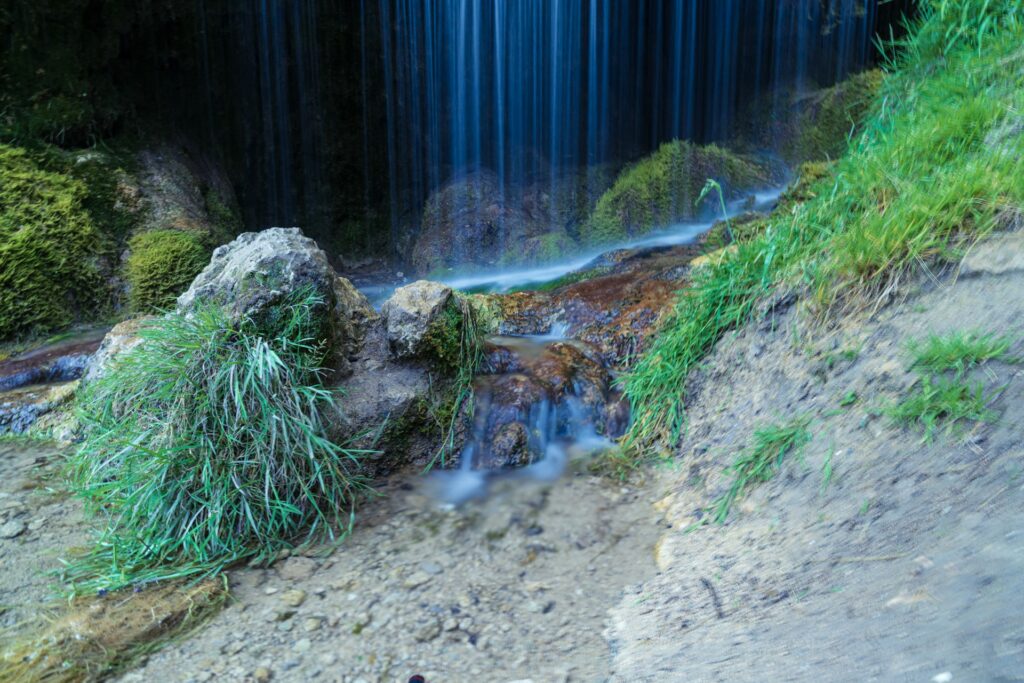Harnessing Groundwater Extraction to Quench Thirsty Deserts
By Finlay Gilkinson – 23/05/2025
In the sun-scorched expanses of deserts and arid regions, water is more precious than gold. With surface water sources often scarce or non-existent, communities in these harsh environments face significant challenges in securing a reliable water supply. However, beneath the cracked, dry earth lies a potential lifeline: groundwater. By leveraging groundwater extraction, arid regions can unlock a sustainable water source to support local populations, agriculture, and economic development—provided it’s done thoughtfully.

The Potential of Groundwater
Groundwater, held in aquifers, is a stable water source in areas with minimal rainfall. Unlike surface water, it’s less prone to evaporation or seasonal fluctuations. For example, the Nubian Sandstone Aquifer System in North Africa holds vast water reserves, while the Ogallala Aquifer supports agriculture in the U.S. Great Plains. These resources can transform water-scarce regions.
How Groundwater Extraction Works
Extracting groundwater involves drilling wells into aquifers and pumping water to the surface. The process includes:
Technologies like solar-powered pumps have made extraction more efficient and accessible in remote areas.
Benefits for Communities
Groundwater extraction can revolutionize arid regions:
In Rajasthan, India, groundwater has enabled farming in the Thar Desert, turning barren land productive.
Challenges and Sustainability
Over-extraction can deplete aquifers, especially “fossil” ones with minimal recharge, like parts of the Ogallala Aquifer. Other challenges include:
Sustainable Practices
Sustainable groundwater use requires careful management:
Looking Ahead at harnessing Groundwater Extraction
Groundwater extraction is a lifeline for arid regions, but sustainability is critical. By blending technology, regulation, and community involvement, deserts can support thriving populations. With responsible management, this hidden resource can sustain life for generations, proving that even in the driest places, water is indeed life.
Ready to find the perfect job?
Our team of experts work with an extensive network of employers. Submit your CV to ensure you’re a part of our network of talented candidates and we’ll make you aware of opportunities before they are even posted.
